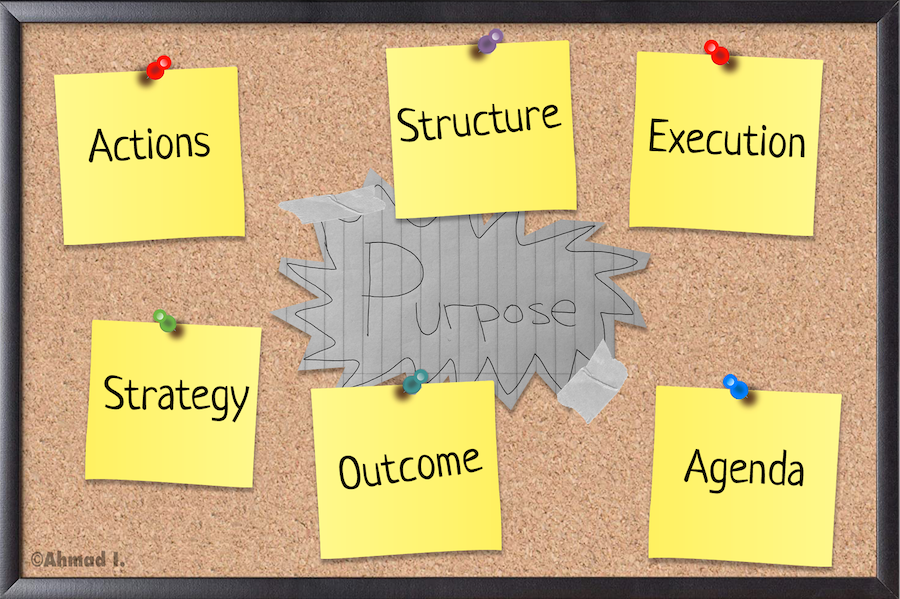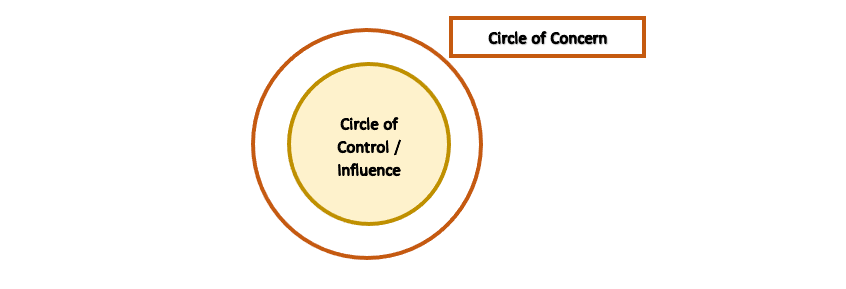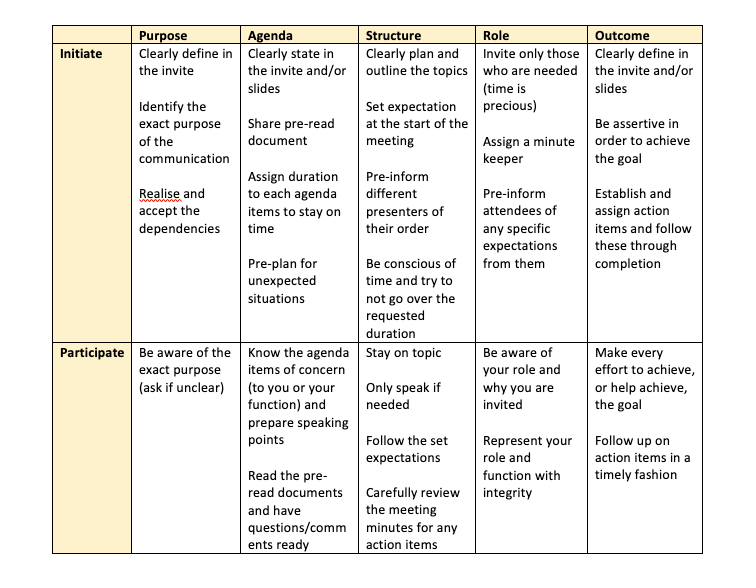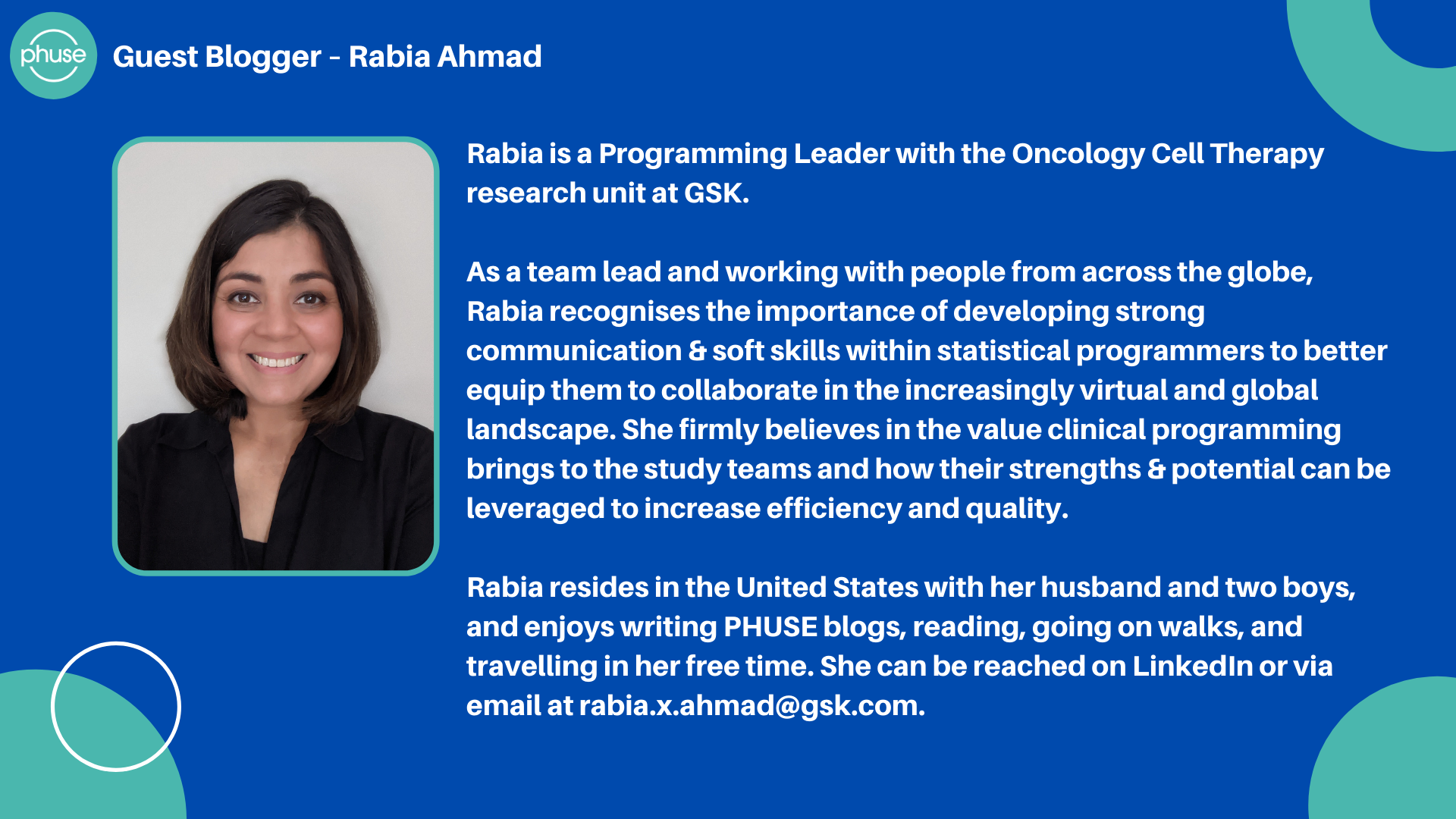Written by Rabia Ahmad, Programming Leader at GSK Please note, this blog is the opinion of the author and does not represent PHUSE nor necessarily the opinion of the authors employer.
 Graphic Made by Rabia’s son; Ahmad Imam.
Graphic Made by Rabia’s son; Ahmad Imam.
A well-defined purpose, the third best practice of effective communication, is part of a bigger and critical behaviour – proactivity.
Proactivity is defined in many different ways when used in the context of management, self-improvement and leadership. However, in the realm of communication, it refers to planning and taking responsibility of the communication now to achieve an outcome later. Figuring out the best way to word an email is an example of proactivity in communication.
In his book 'The 7 Habits of Highly Effective People', Stephen R. Covey describes the concepts of “circle or concern” – the entire range of human concerns (e.g. work, family, health, finances, relationships) and “circle of influence” – items within a person’s circle of concern that they can control/have power over. According to Covey, proactive people focus their effort within their circle of influence. This is logical, because trying to influence areas outside of an individual’s control is a waste of precious time and resources.

So, if everything is “of concern” and there is a smaller set of these concerns which can be “controlled”, the ideal situation would be to have the two circles exactly the same size. Realistically, this is, of course, not possible, but the impact of what cannot be controlled can be lessened by pre-planning (or proactivity). Additionally, regardless of the situation, knowing and targeting efforts within the circle of influence actually expands the circle over time.
A well-defined purpose, which is a culmination of a few key sub-activities, helps with focusing within and enlarging the circle of influence. It is important to note that a well-defined purpose is not only for those who initiate the communication or interaction, but also for those who participate in it.
Defining a Well-defined Purpose
The main principles behind a well-defined purpose are respect and integrity. Everyone’s time is precious and must be respected; and a person’s own time at work must be utilised with integrity. Both require directed and structured interactions for achieving the desired objectives.
There are five key components of developing a well-defined purpose:
- Purpose: the reason time is being requested from those involved – ideally, this should be clear from the subject line of the email or meeting invite
- Agenda: list of the discussion items (sometimes pre-timed) and outcome
- Structure: the flow and management of the conversation during the interaction – order of topics, assigned presenter, etc.
- Role: defined role of, and expectations from, those involved (not their actual title or position) – decision-maker, subject matter expert, timekeeper, minute taker, trainer, etc.
- Outcome: the objective of the communication – knowledge sharing, scheduled updates, decision-making, etc.
Defining a purpose will differ for those who request the interaction and those who participate in it. The following table summarises the common differences:

Best Practices for a Well-defined Purpose
From a programming perspective, to be able to develop a well-defined purpose, it is important to know the areas of the interaction/communication which:
- fall within programming’s circle of influence (e.g. standard reporting tools, scope of programming activities)
- need to be learned/developed in order to expand the circle of influence (e.g. attending PHUSE workshops on upcoming industry standards to influence change within internal teams)
- are outside of programming’s circle of influence (e.g. the medical/clinical design and analysis of an indication)
Conclusion
Proactivity in communication comes from preparing for all aspects of the interaction (agenda, delivery, recipients, expectations, outcome, etc.), starting with the desired result and working backwards. A well-defined purpose – an element of proactivity – leads to effective communication through organising the thoughts and logic of the message clearly and completely and avoiding uncertainties about the need and outcome of the communication. It follows the principles of respect and integrity by ensuring everyone’s (including our own) time and effort is spent fairly and efficiently during any type of interaction – meeting, email, Skype, etc.
Used as a best practice for effective communication, a well-defined purpose:
- ensures a logical and structured chain of thought and reasoning, resulting in clear sharing of ideas and knowledge to reach a desired outcome
- promotes clear and complete messaging, avoiding time lost in trying to decipher confusing presentation of the content and circular discussions
- encourages both the initiator and the participant of the meeting (or any type of communication) to prepare for the interaction in the most productive way possible, and to be equipped for any disruptions or unexpected situations during that time
About the Author

